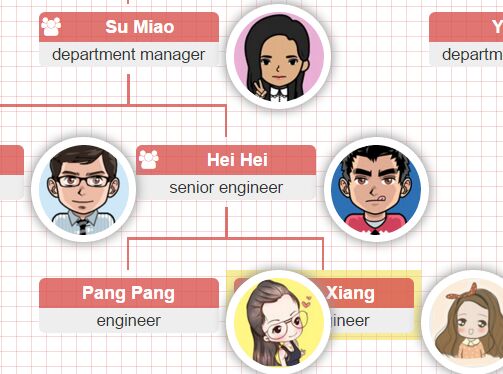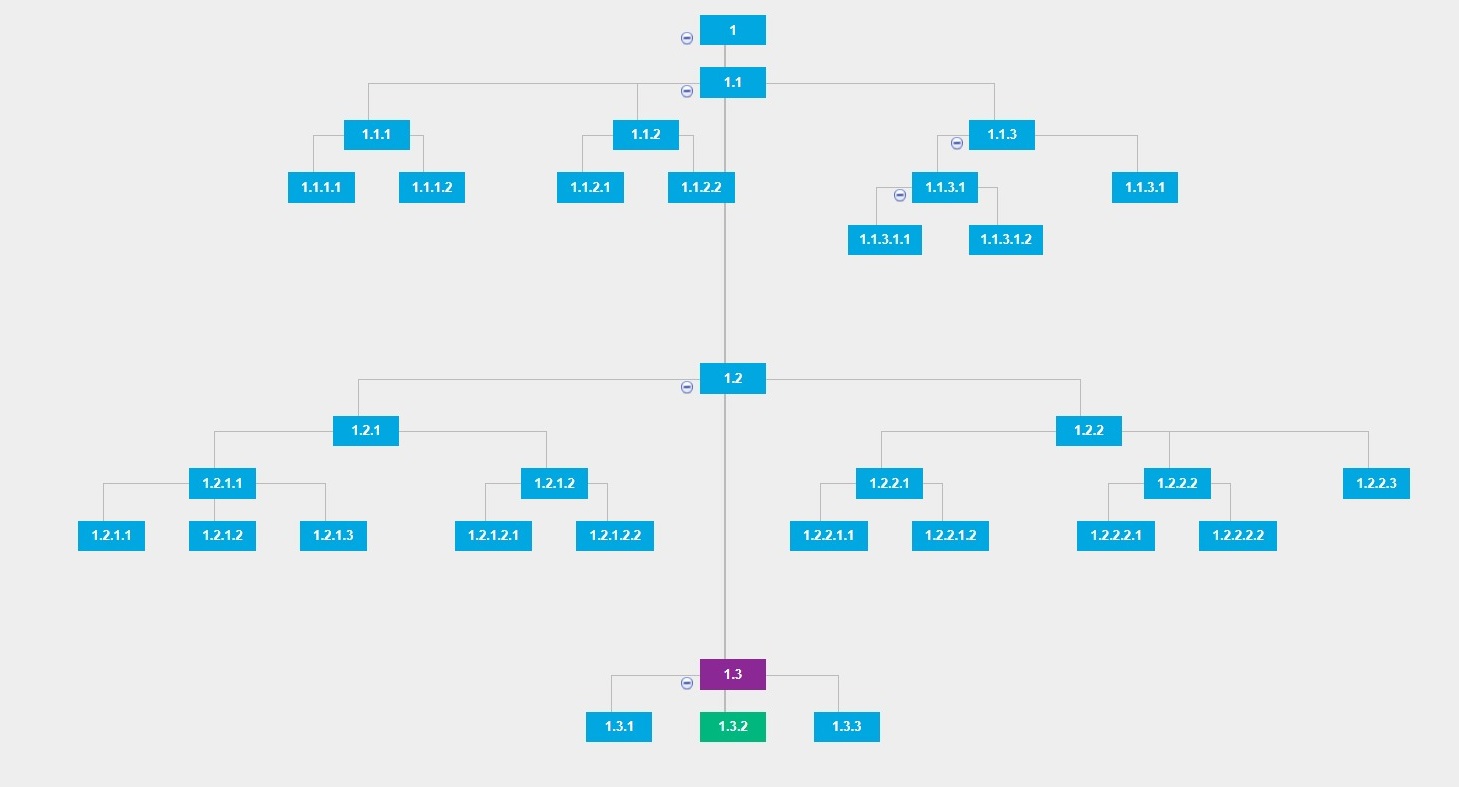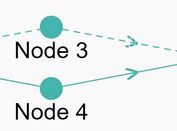
- #Jquery orgchart js mod#
- #Jquery orgchart js software#
- #Jquery orgchart js code#
- #Jquery orgchart js license#
We have discussed how you can easily create meaningful jQuery organizational charts next. However, organizations can only reap the benefits of an organizational chart if they build and manage it properly. Not to mention, these charts help employees manage their workload better. Additionally, organizational charts facilitate collaboration and improve communication. They also help create a clear reporting structure. Organizational charts allow employees to see how their roles fit in the context of the overall structure of the company. Some other organizational charts include matrix charts, flat organizational charts, and divisional organizational charts.Ī company can have a broad organizational chart depicting the hierarchy of the overall company, or there can be several organizational charts for each department. For example, in a hierarchical org chart, a marketing manager will fall below the marketing director. Hence, organizational charts are also known as hierarchy charts. Straight or connector lines link these boxes together, forming a hierarchy. Then folks would only have to add ids to their source and parse the results on button click as I suggest above.An organizational chart consists of boxes containing employees’ names, photos, email addresses, and designations.
#Jquery orgchart js mod#
If someone could make this mod to the source in GitHub, it would be available for everyone. The result? You can load a chart, drag and drop it and then save it back. Also, the level items come in in order so if your database has a field for ‘order’ it can be updated. You can keep track of the parent ID for each level nested so if I am on level 2, foe example, I can have saved the last level 1 id for reference. Now I can iterate through each node like…Īnd then split myid on the | character and do whatever is necessary to save the location back. I created a composite ID that is a combination fo the level you are currently on and the id of the original element, separated by a | character.

$nodeDiv = $(”).addClass(“node”).data(“tree-node”, nodeCount).append($nodeContent) Second, find the line that looks like this (in buildNode):

In my case, these are the database unique IDs for each element the chart was build from. Here is the simple process…įirst, add ids to each LI in your source. I added a mod to add ids to each div so I could save out the new configuration after drag and drop.
#Jquery orgchart js code#
If I happen to get this to work – you have my word I’ll share it back to you… although you’d probably re-write my terribly lengthy code in a couple of lines 😛 which would be a wonderful learning lesson to me… anyway I appreciate your input and let me know if you’d like me to share what I mentioned above. I’ve tried making the UL list ‘sortable’ and using the serialize function but I get no output… it’s frustrating not being so good at stuff. I’m also trying to save the list back to the DB but I can’t serialize the list properly. The probem lies with the type of brilliance probably only you can provide surrounding the add/delete part.

I’ve attached a context menu to each node with another jquery plugin. You see, my list is brought in from a MySQL DB so I modified your script simply by making a DB call and creating an array which is then parsed out in the UL list format that your plugin requires. So, I have been giving this a lot of thought – I’m not a great developer BTW – and I’ve managed to give the list items and id. Yours, I’m making a minor exception for just to have on the list of potential resources because it’s the first editable org chart plugin I’ve ever run across. I’ve got various potential apps which could use an editable org chart as a graphical representation of hierarchical data, but I normally don’t even trust BY-SA code to be on my list of useful resources because it’s too much extra bother to keep track of licensing compatibility. Hence why StatusNet, an open-source Twitter clone, uses it.)
#Jquery orgchart js software#
The AGPL is for when programmers want GPL-like protections on software that never needs to be distributed to the customer like Google Docs or Twitter. (The GPL’s provisions only kick in if you distribute a copy of your app to someone else (hence why Google has no problem using GPLed code on their servers) but the AGPL requires you to offer copies to anyone who uses it in.
#Jquery orgchart js license#
That’d mean that I’d be violating either your license or the other license were I to either distribute an open-source app containing your plugin and anything GPLed or LGPLed in the same page (and any apps I haven’t open-sourced will be eventually) or to simply use an AGPLed application which contains BY-SA code.

From what little I’ve been able to find on the legal interpretations of copyleft licensing in the context of Javascript, I fear using BY-SA Javascript and GPL-family Javascript in the same application since either license could quite easily be interpreted to count the entire body of the Javascript loaded in a given page as the derivative work.


 0 kommentar(er)
0 kommentar(er)
